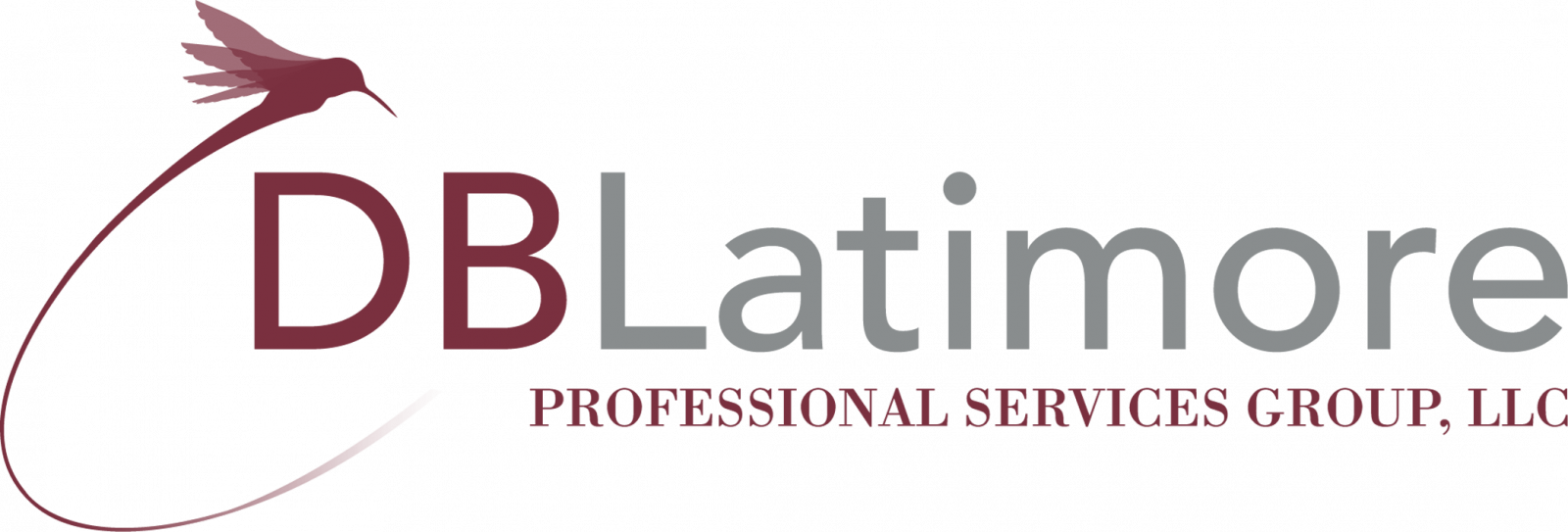In today’s changing employment environment, we are increasingly challenged to manage the priorities of the 3 P’s – personal policy, (how we govern our lives), professional policy, (how our careers are governed) and the impact of public policy on the two. Leaders and employees at all levels continue to search for the balance between work (career, ambition and wealth) and life (self, family, friends and health) with little success. Tradition has taught us that we should compartmentalize our work and personal lives; however as the lines become less distinct, we must actively manage the convergence of the two sectors. It is no longer prudent to seek work/life balance, but to strive towards a work life integration that supports success in all sectors.
In order to achieve an integrated professional state, we must agree that our careers must be customized to meet our needs and recognize that success is not defined by a vertical climb. By accepting that our careers can be multi-dimensional, this acknowledgement enables us to create a strategic career plan.
The strategic career plan encompasses a cradle- to- grave approach, ultimately achieving the status of an integrated professional. Four actions to incorporate in your strategic career plan:
1) Ensure that your job is working for you: The employer /employee relationship is often viewed as one-sided, with the employee giving 100+ percent. The first component of your strategic plan is to ensure that your job is working for you by maximizing the benefits provided to you by your employer to sustain health and well-being in your personal life.
a. Utilize the preventive care component of your medical and dental plan to maintain optimal health for you and your family.
b. Enroll in flexible spending accounts to minimize the impact of out of pocket expenses for health co-payments and childcare expenses.
c. Utilize vacation or time-off programs for mental and physical restoration and to schedule quality time-away with your family.
d. Contribute to your organizations 401k or similar savings program to facilitate long term financial health.
2) Develop a multi-dimensional career plan: Success in today’s workplace is no longer contingent on vertical growth. Customize your career to align with the various life stages, allowing for flexibility to move vertically, horizontally or to maintain a constant state.
a. Focus on vertical growth when family commitments are low and professional growth opportunities are high.
b. Focus on horizontal growth to acquire new skills and to enhance your professional portfolio.
c. Focus on maintaining a constant state when family and personnel demands are high and limit the flexibility to focus on the corporate ladder.
3) Incorporate Polarity Management™ as your decision making model: Polarity Management is a unique model and a set of principles that challenges us to look at situations in new ways. Through the use of polarity management, we can effectively manage dilemmas that arise as a result of when our personal and professional sectors converge with competing priorities. By incorporating Polarity Management, we view competing priorities in terms of how both can be accomplished as opposed to forcing a decision between one and the other.
4) Develop an exit strategy: The final component of your strategic career plan is to develop an exit strategy. It is just as important as the decision to pursue a particular career field and creating a resume. It is your plan that outlines your course of action when career options shift. Your exit strategy is designed to aid when:
a. The job no longer fits into your career strategy.
b. You are no longer the best person for the job.
c. Your interest is to transition from traditional employment to entrepreneurship.
d. The organization has eliminated your position and does not have an alternative option for you.
In conclusion, becoming an integrated professional begins with eliminating the compartmentalization of our personal and professional lives. Create a strategic plan which includes how your job can work for you, incorporates flexible career choices, defines your decision making process and contains an exit strategy. Once completed you will are well on your way to achieving work/life integration.


